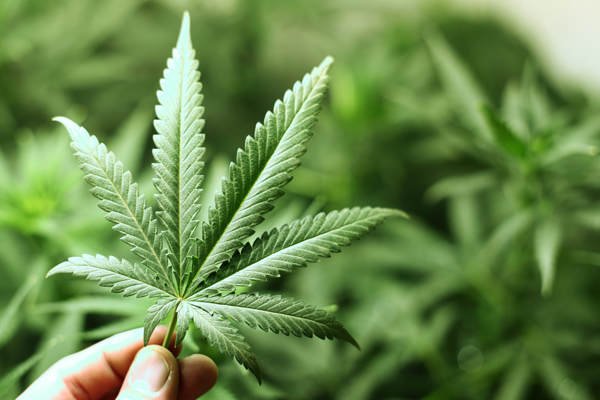Peru's Stronghanded Drug Policy : Washington's Wet Dream?

A contrast to Uruguay’s liberal policies is Peru’s violent persecution of drug traffickers. Peru has cultural ties to the coca leaf, the raw ingredient for cocaine, and also shares a border with Bolivia, which is a major producer of cocaine that is then shipped through drug routes to the north. Before diving into Peru’s questionable policies to limit drug trafficking throughout its borders it is important to analyze the status of its national drug laws and how the War on Drugs has affected Peruvian society and culture with the implementation of its enforcement.
Peru at first sight has very lenient drug laws regarding possession and consumption. One can even argue that these laws could be superior to other nations due to the fact that small quantities of drugs are decriminalized. Since 1991, small quantities of any type of drug cannot be punished due to Art. 299 of the Peruvian Penal Code. Although legal, police resort to intimidation techniques and bribery when they encounter a user. Peruvian police also have the ability to still imprison the individuals that they suspect to be involved in drug trafficking for a maximum of 15 days, and sometimes convite consumers regardless. Police in Peru have a reputation for being ineffective and bureaucratic. It is alleged that they commit blatant human rights violations with their “death squad” that execute suspected criminals instead of apprehending them. While in prison, individuals are not granted the right of Habeas Corpus, regardless if they were imprisoned in connection with large criminal organizations. While in prison there are also additional restrictions for individuals imprisoned for drug trafficking. The result of these policies is massive prison overcrowding, with individuals in prison for drug related charges being up to a third of its overall prison population, with two thirds awaiting sentencing in a slow and bureaucratic judicial process. In these prisons, there is potential for widespread disease, violence, and mental illness. The situation of Peru’s prisons leaves little hope for the rehabilitation of actual criminals, and sometimes ordinary people imprisoned for personal consumption can be recruited by gangs and criminal organizations.
Peru has continued to be one of the largest cocaine producers in the world. The production and shipment of the drug is mostly concentrated in the remote areas of Apurimac, Ene, and Mantaro river valley. These are remote areas in the interior of Peru that is mostly dense forest and the Andes. The government of Peru has little influence in this area due to its remoteness, so the responsibility to combat drug traffickers is the military's responsibility. Due to widespread corruption, many Peruvian military officials accept bribes, and even chargers drug traffickers each time they use air strips in thier reigon. This puts Peru in an embarrassing rate of its capture of cocaine shipments, with only 28 tons, 10% of its production, compared to Columbia’s 170 tons. A greater military intervention involving stricter enforcement and burning coca plantations would be beneficial in combating the amount of drugs being produced in Peru and also in transit, but there is another problem that Peruvian officials have to take into account. One of the biggest narco-trafficking groups in Peru's remote region is the Shining Path, a communist organization that has fought Peru since 1980. Stricter military and police action in the region could convince residents to sympathise or join the communist organization.
As part of the US led anti-narcotic program called the Air Bridge Denial Program, it involved Colombia and Peru working with the CIA to combat traffickers flying planes over the remote areas above the Amazon. Planes suspected of carrying drugs are often forced to land, and sometime shoot down if necessary. Over the course of its program there have been little drug seizures, mostly due to the lack of advance radar stations in Peru. Most of the planes shot down by Peru were in violation of procedure that the CIA set down when engaging in suspect aircraft. While using radar to intercept and land drug transporting airplanes has worked in Brazil and Colombia, Peru would require a system of radar infrastructure, and superior fighter jets, that can be used effectively in finding planes. This ultimately led to the downing of an aircraft carrying four American missionaries in 2011, which caused Washington to defund the project, only to implement the program in Columbia 4 years later. Surprisingly Peru’s fight against drug traffickers have been improving in the past couple of years through intense US financial support, as well as training. Due to the massive amount of criminal money moving through its economy and through corruption in its government, Peru is in dire need of judicial and political reform if it wants to maintain stability and decrease violence.